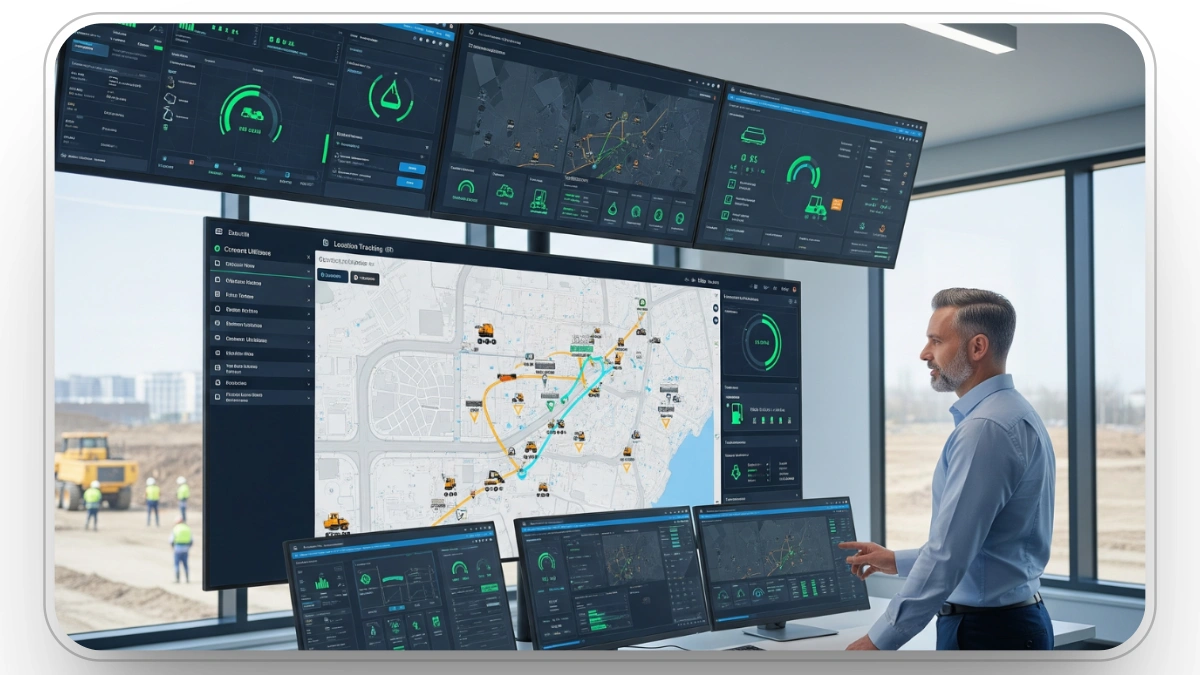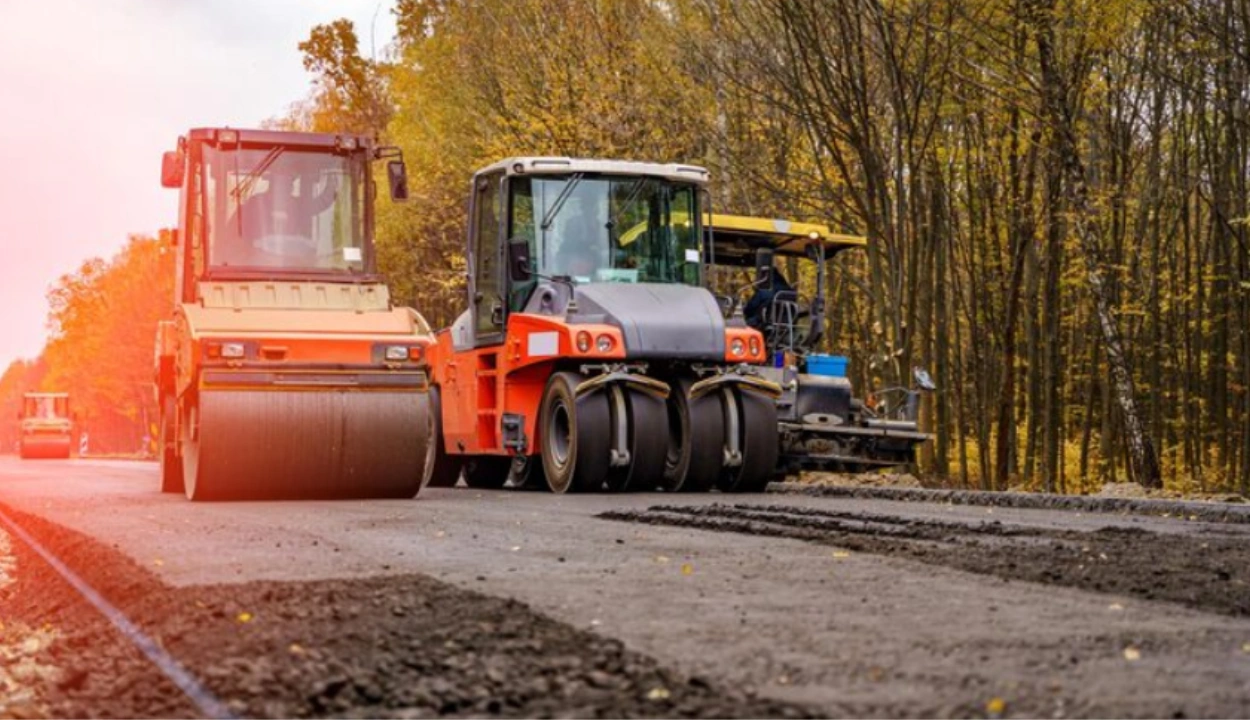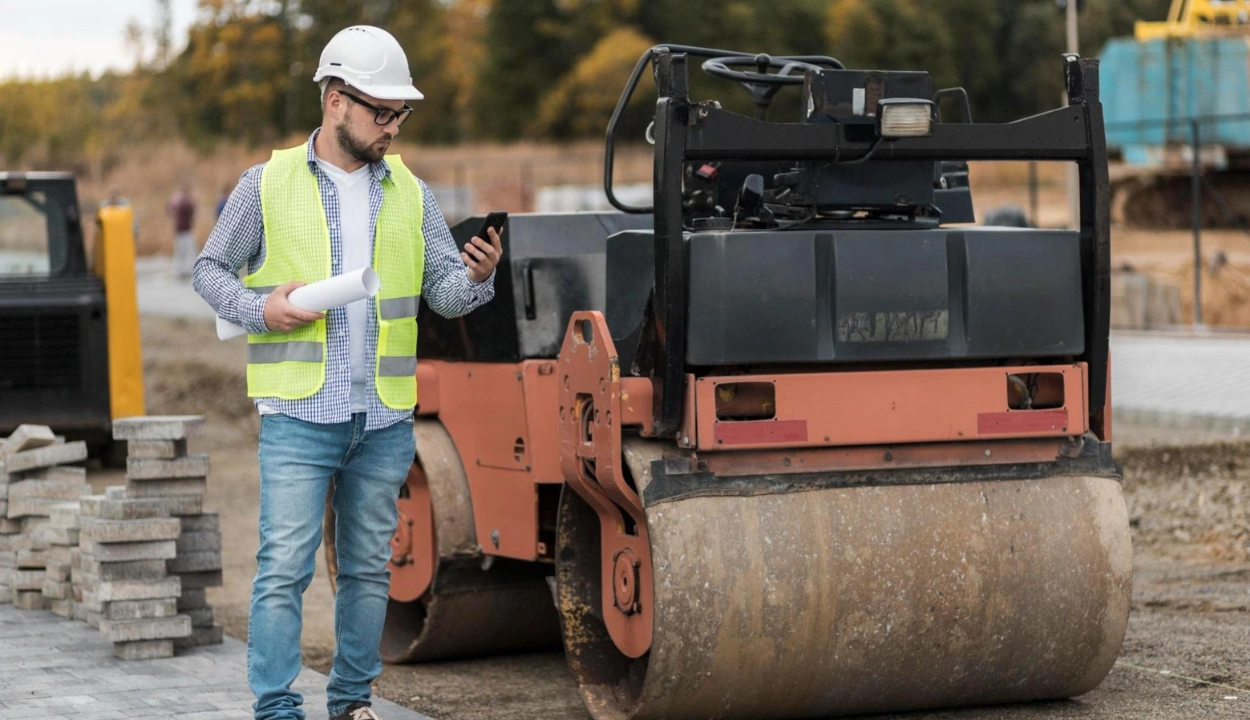How Can a Single Pane of Glass Simplify Heavy Construction Equipment Chaos?
A typical construction work may have dozens of machines at different stages of functionality and thus it becomes more difficult to have high productivity rates. Due to the magnitude of construction work and the difficulty of monitoring equipment, ensuring efficiency, and the complication of maintenance, there is chaos in the business.
This is for fleet supervisors, equipment managers, site superintendents especially those juggling dozens to hundreds of machines across multiple sites.
Your daily pain points:
- Switching between 5+ apps to track fuel, location, and maintenance.
- Idle machines draining fuel and margin.
- Delayed issues because no proactive alerts.
- Manual, error-prone reporting workflows.
The main goal is one clear view that reduces chaos, cuts costs, and frees you from constant firefighting.
What is a Single Pane of Glass?

A SPOG is a single unified dashboard that feeds in telematics, fuel, maintenance logs, GPS, and operator inspections providing real-time asset visibility.
Originally IT-focused, Clue adapted SPOG for construction, layering in heavy-equipment context and predictive analytics.
Real-time monitoring allows managers to monitor the level of fuel, equipment condition, GPS location, and preventative maintenance without using several different systems. This integrated visibility assists to surface lack of efficiency, enhance working of fleets, cut expenses and improve uptime.
How a Single Pane of Glass Simplifies Construction Equipment Management
1. Centralized Equipment Monitoring
Equipment management in large construction projects may be based on the use of different systems to monitor performance, fuel consumption and location. Project managers are forced to alternate between different interfaces, and there may arise lapses in datasets or the lack of critical information among other things.
A Single Pane of Glass (SPOG) consolidates all into a single centralized ecosystem where one is no longer having to manage a variety of tools. Using this common perspective, construction managers are able to check:
- Machine performance: The health information that includes details like the engine hours, operating conditions and any malfunction.
- Telematics: Location and movement real-time monitoring to make sure that machines are used as they are supposed to be used.
- Fuel consumption: Knowledge of fuel consumption and efficiency to learn possible fuel wasting and correct it to operate in a more economical manner.
Compiling information to a single concise platform, a SPOG helps increase the transparency and make quicker and smarter choices.
2. Optimizing Maintenance with Proactive Scheduling
Maintaining the heavy equipment at an optimum state by ensuring that all the machines are well-maintained is one of the greatest challenges in heavy equipment management. Maintenance can be reactive, and it can result in many repairs being performed under pressure, leading to expensive downtimes and project overruns. A SPOG changes this concept to a proactive maintenance that assists in the prevention of problems before they happen.
That is how a Single Pane of Glass changes the process of maintenance scheduling:
- Predictive Maintenance: When used correctly, SPOG systems can predict when a machine is expected, when it is likely to need maintenance, based on the real-time data the equipment sensors offer, in terms of usage patterns, wear-and-tear and operating conditions.
- Automated Alerts: Such platforms are able to transmit automated notifications on maintenance schedules or equipment under due attention. This preventive measure works to decrease idle time and increase the life of machines and stay on schedule.
- Integrated Maintenance Records: The system houses all the machine service history in an easy to track format showing past repairs, parts replacement and even service intervals easily tracked by maintenance teams. This history is valuable in that the required maintenance in the future is informed by such data in facilitating the optimization of schedules.
3. Real-Time Equipment Tracking and Fleet Utilization

Keeping track of large construction sites with a lot of equipment means being able to track location and usage in real-time. This requires managers to make sure that every machine is in the place where it is necessary, without overstaffing any region. It offers real-time location information, and this has been useful in optimizing deployment of equipment and in enhancing site effectiveness.
- Location Tracking: By integrating GPS with maintenance systems, project managers can now be able to track in real time the location of all equipment. It is particularly useful in large job sites whose equipment may be widely dispersed, or to companies with equipment in several projects.
- Utilization Rates: It enables managers to monitor how frequently and long every equipment is in use. By moving underutilized equipment to areas where it is most needed, it will avoid idle time, and contribute to the cost savings that can be used to improve the project.
This centralized methodology removes the need of needing to track manually and offers construction managers with the information to make knowledgeable decisions about equipment allocation.
4. Cost Savings through Fuel and Resource Optimization
One of the main expenses on heavy construction is fuel. The failure to view in real-time means that a company is at risk of overspending and operating inefficiencies. A Single Pane of Glass can then be used to reduce fuel consumptions and expenses through monitoring trends.
- Fuel Efficiency Monitoring: Unified systems monitor the fuel consumption levels, indicating the consumption of each machine when in use. This can be used to detect machines that consume excess fuel than anticipated, indicating either poor work efficiency or fault in need of servicing.
- Idle Time Monitoring: The main challenge that tends to occur within construction fleets is excessive idling of equipment that is uneconomic. Single Pane of Glass systems monitor idle time which in turn allows the managers to eliminate idle hours achieved by improving the schedules and machine placement.
- Fuel Usage Alerts: It can be set to automatically alert in the event that a machine consumes fuel in excess of a predetermined amount, so that inefficiencies can be checked upon by project managers at the earliest possible opportunity.
5. Data-Driven Decision-Making with Analytics
They double as an insightful analytical tool, whose strongest point is that it is data-driven and presents comprehensive evidence. However, these insights are not provided as plain data, but rather discussed and visualized in order to enable the managers to make more intelligent decisions.
- Performance Dashboards: The systems have a transparent and simple dashboard to monitor the key performance indicators (KPI) such as hours worked, maintenance history, fuel consumption, and general efficiency. The visuals assist managers to identify trends, compare performance of the equipment, and implement improved decisions.
- Reporting and Forecasting: Upon storing previous information, systems enable the managers to know what they have been previously performing and predict the future equipment requirements. This assists teams to make preparations in advance before running short of resources or stalling.
6. Increased Collaboration and Transparency
Collaboration is crucial in construction, but siloed information often causes delays, confusion, and inefficiency. A unified solution improves teamwork by giving all stakeholders real-time access to the same data.
- Team Collaboration: SPOG lets managers, maintenance teams, and operators share real-time data, keeping everyone aligned on equipment health and performance.
- External Stakeholders: Investors and clients can access real-time project and equipment updates, improving transparency and trust.
Benefits Breakdown
Steps to Implement a Single Pane of Glass in Construction
Single Pane of Glass (SPOG) is an interface that gathers all your data in operation into one point of view. In building, this involves synchronizing equipment and maintenance and dispatch and the field data, to have better visibility, decreasing delays, and faster decision-making. The implementation of the same can be effectively done as follows:
- Audit Your Current Systems: List all the systems that your teams use, the telematics portals, GPS trackers, ERP, CMMS, dispatch tools etc., safety applications, spreadsheets.
- Identify Data Points: Define particular data points to be unified. This would involve the location of equipment, the number of people using it, fault codes, inspections, and work orders, fuel logs and utilization rates.
- Choose a SPOG-compatible Platform: Select software that is possible to combine with your systems. Seek interoperability with most telematics players, back-office software, and GPS systems, as well as open APIs.
- Connect Your Telematics and GPS Sources: Integrate real-time data such as machine and vehicle data by setting up integrations. To have the full picture, include rented, leased, and owned equipment.
- ERP and CMMS and Project System Integration: Connect operation systems to transfer equipment information to financial systems, maintenance and schedule systems without exchange or input of data.
- Customize Dashboards and Functions of Users: Allow different roles to have customized views and have project managers, equipment leads, dispatchers, and executives. The filters can be set by site, division, asset type, or status.
- Auto-alerting and Workflows: Establish regulations in such a way that fault codes, expired inspections, or idle property would automatically provoke work order, correspondence, or re-distribution operations.
- Field Team Training and Process-standardization: Give your crews and mechanics mobile access. Ensure that there is a simple workflow so that everyone enters data and reads data into the same system.
- Data Flow and Reporting: Replicate live usage scenarios to ascertain that correct and timely updates are in progress. Produce standard reports of utilization, downtime, Maintenance backlog and compliance.
- Scale and Improve Continuously: Increase the use at jobsites and areas. Enhance automation reasoning, access to your data, and metrics and variables as your operations change.
How Clue’s Single Pane of Glass Simplifies Construction Equipment Management

Running a large construction fleet can mean balancing different systems like telematics, maintenance, GPS, and ERP, resulting in delay and inefficiency.
Clue’s Single Pane of Glass makes all the equipment data to be captured in a single platform and simplifies the management of any type of fleet.
This is what SPOG enables Clue to do in easy equipment management:
1. Unified Fleet Visibility
Through integration with over 70 systems like telematics and GPS, Clue delivers real time information on location, use and performance of equipment. It is a centralized dashboard which reduces the challenge of having to switch to varying systems, and therefore it increases the visibility and decision-making.
2. Proactive Maintenance Management
Clue gathers real time information via equipment sensors to predict maintenance requirements and trigger automatic alerts and work orders. This form of proactive preventative maintenance measures prevents unplanned failures, lowers downtimes, and also prolongs the life cycle of equipment.
3. Real-Time Productivity Tracking
Clue monitors important indicators of performance like fuel consumption and cycle times so that managers can manage equipment better and cut down wasted resources. Real-time monitoring of machine performance assists managers to increase productivity and reduce the cost of the operations.
4. Seamless ERP Integration
Clue can integrate with the many ERP systems, helping to simplify the process of financial reporting and time card management. This helps in consolidation of important information and minimized manual input, hence making project coordination and resources management more convenient.
5. Mobile Accessibility
Clue’s mobile app enables the field teams to retrieve real-time information, resolve work orders, and get maintenance alerts anytime, at any location. This mobility means that response to issues is swift hence enhancing operational agility.
Palmetto Corp – 900+ Assets, $1M Saved in Year One
- Problem: Director Darrin Sheriff drove ~60,000 miles annually to check assets. Maintenance issues were hidden, fuel bled away, and idle rate hit 60%.
- Clue delivered: Reduced idle rate to ~20%, alerted Darrin “in real time” to faults, and consolidated workflows—including inspections and work orders—all via mobile.
- Outcome:
- $1M+ saved from fewer failures and less fuel waste.
- One leak avoidance alone saved ~$20K.
- Maintenance crew increased output from 2 to 6 services/day.
Conclusion
Single Pane of Glass (SPOG) revolutionizes management of heavy equipment with creating a focus on data centralization, impressive maintenance, efficient fuel consumption, and better decision-making.
With construction turning to digital tools, SPOG will play an important role in alleviating chaos, better allocation of resources, and maintaining equipment optimal conditions to drive cost reduction and productivity.
Transform Your Equipment Management








.webp)




